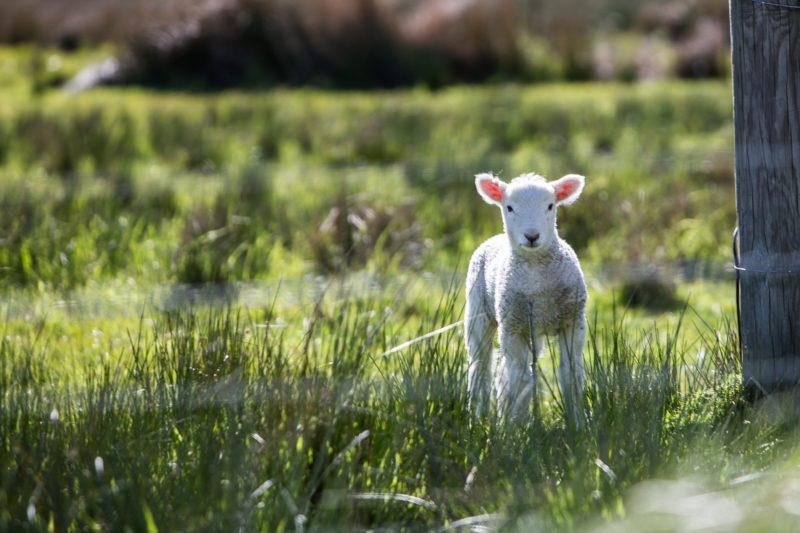The Rest of the Story

We often try to pigeonhole lessons into English, Math, History, Science, and more but we miss so much by not looking at lessons as a whole.
Schools are opening across the country and our youngest children are learning nursery rhymes with songs and chants. Rhymes are basic for helping our children learn to read. The rhythm makes them fun with bouncy patterns for bouncy children. Rhymes also teach comprehension skills as children listen for end rhymes, making guesses that make sense. Can children learn all this from Mary Had a Little Lamb and other nursery rhymes? Yes, but there is so much more.
We think of nursery rhymes and fairy tales as part of ancient medieval tales or British politics. Not so with Mary. She’s strictly an American tale. According to SmithsonianMagazine.com Mary Sawyer lived in Sterling, Massachusetts. There was a lamb born on her farm that had difficulty swallowing so the mother sheep rejected the little lamb. Mary begged her parents to let her nurse the lamb. The lamb thrived on Mary’s love and care and followed her everywhere. Most days she told the lamb goodbye before heading off to school but on this particular day, the lamb was nowhere to be found. She and her brother called several times before they heard bleating from down in the pasture. Brother suggested they take the lamb to school and hide it. Mary placed the lamb in a basket under her desk until the teacher heard a bleat. The teacher put the lamb from the classroom.
In 1830, Sarah Hale published the poem Mary Had a Little Lamb in her book. It seems Sarah Hale was not the first to write a poem about Mary and the lamb. John Roulstone was there the day the lamb came to school. He wrote a poem and gave it to Mary. Sarah Hale added three more verses and a moral lesson to Roulstone’s poem.
Later in Mary’s life when locals were raising money to restore the Old South Meeting House, Mary Sawyer donated stockings her mother knitted from the fleece of the lamb. The stockings were unraveled. Strands of yarn were attached to cards that said, “knitted from the first fleece of Mary’s Little Lamb.” (New England Historical Society).
“And that, my friends, is the rest of the story.”
As teachers at home or in a school setting, how can we use this type of information to increase our children’s interest and learning?
- History – What was America like at the time of Mary Sawyer? What were the towns like? What were schools like?
- Science – What is fleece? How are sheep sheared? How is yarn made? What are other ways sheep are useful farm animals? (meat, cheese, milk, lanolin)
- Arts – How can we use yarn today? Weaving projects, crotching, knitting
Posted by Gail Cartee
Be sure to sign up to receive updates of each new post on our Christian Children’s Authors blog. Follow us for new book news, free resources, parenting tips, and encouragement!
#christianchildrensauthors, #christianauthors, #christianhomeschool

Wow! I had never heard this background for this nursery rhyme. I’ve often heard it compared to Mary’s lamb, Jesus, and the schools’ rejecting Christ. Interesting. Thank you for a great article and activities to go with it.
Thank you Janice for taking the time to read and comment. I wish more teachers and parents understood how much fun and more effective it can be to explore learning deeply rather than simply a paper/pencil exercise.
What a fun post—extending the history of a nursery rhyme to other learning! Sometimes the story behind the story is the greatest part! I sure hope our children are learning these nursery rhymes when they get back to school. Some of them seem to be disappearing from early childhood curriculum, but we can always bring them back by what we read at home. So critical for learning to read, as you well said. Thank you!
Thank you Karen. I always love learning the rest of the story.
I love the going deeper and exploring other subjects! Thank you so much for sharing!
Thank you Bonnie. Going deeper is always fascinating for me.
This is so neat. I had no idea.
Hi Cheryl, neither did I but when I ran across it I thought it had so much more potential than what we usually think. Thanks for commenting.